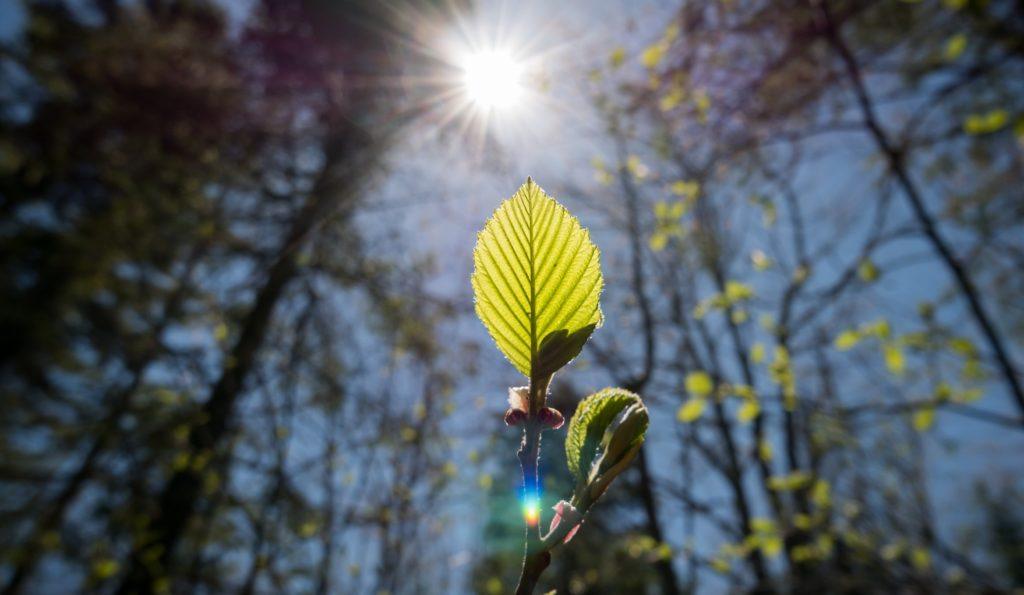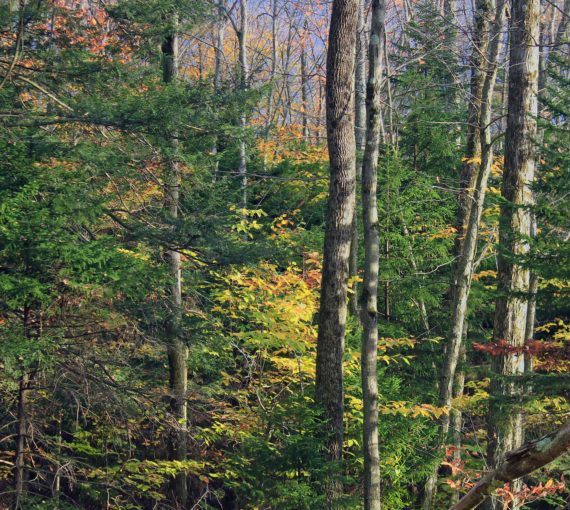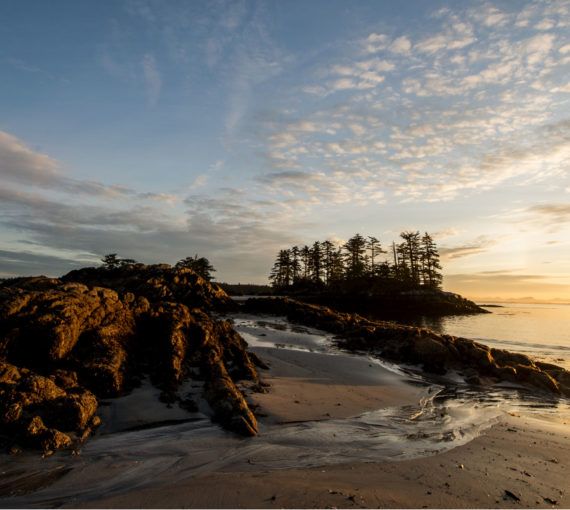We have the conditions for the next big step to be taken to protect lands, waterways and oceans. Here are five key priorities for the new government.
Of the many issues that divided Canadians in the 2019 federal election, one unifying fact is this: Canadians care about nature. Our vast forests, oceans, lakes and prairies are a key part of our heritage and identity. We care because we value and depend on nature. And many of us — from backyard birdwatchers in Quebec to wader-clad anglers in British Columbia’s Elk River — are worried. Making room for nature should be at the top of our new government’s agenda.
The natural systems that sustain life on Earth are in deep trouble.
We have the conditions for political action on this crisis.
In 2014, Stephen Harper announced his government would protect 17 percent of Canada’s land and fresh water and 10 percent of oceans by 2020 as part of an international pact to conserve nature. Through nationwide efforts, we have seen significant progress toward achieving these goals.
Under Justin Trudeau’s Liberal government, Canada achieved and surpassed the marine protection target and increased terrestrial protection to about 11 percent. In 2018, the federal government announced $1.3 billion to create new protected areas and species at risk, the biggest nature investment in Canadian history.
Over the course of the 2019 election,the Liberals, NDP and Greens all announced they want to take the next step: protect at least 30 percent of Canada’s land, freshwater and ocean territory by 2030, with the Liberals setting an interim target of protecting 25 percent by 2025.
The parties are on the right track, and the new government is positioned for continued leadership at home and on the world stage. Protected and conserved areas are our most effective policy tools to safeguard habitat. They can also make major contributions to other widely held national goals, including climate change mitigation and adaption, reconciliation with Indigenous peoples, supporting rural economies and promoting health and well-being. To achieve these goals, support for Indigenous-led conservation must lie at the heart of a Canadian nature agenda.
The public supports action. In April 2019, an Abacus Data poll found 9 out of 10 Canadians either strongly support or support the commitment to protect at least 17 percent of lands and fresh water by 2020, and over two-thirds of Canadians support federal investment in Indigenous protected areas.
We know it can be done. Thanks to the hard work of Indigenous communities, nature groups and government partners, proposals for protecting natural areas throughout the country are waiting for support to help Canada meet its targets. People are ready to work together to help us get there.
The stage is set. Based on its platform commitments, the new government is poised to usher in the nature protection achievement of a generation.
To realize this opportunity, here are five key priorities that should be reflected in ministers’ mandate letters, the Throne Speech and the 2020 federal budget.
- Adopt and achieve ambitious protected area targets.There is growing scientific evidence that we must conserve between 30 to 70 percent of land, freshwater and oceans to maintain the ecosystems that support our well being. The government committed to ambitious new targets in the election and to champion them at the global level. Canada must continue working for completion of its international commitments to protect nature, including 17 percent of land and inland waters protected by the close of 2020, 25 percent of land and oceans protected by 2025, and 30 percent by 2030.
- Commit to Indigenous-led conservation and stewardship of protected areas. Canada should champion and fund Indigenous protected areas as part of a commitment to the equitable and effective management of protected areas that respects the rights, responsibilities and interests of Indigenous peoples. This includes stewardship and management of these areas through Indigenous guardian programs and capacity-building initiatives. Canadian leadership in supporting Indigenous-led conservation could ultimately contribute to Canada’s global leadership in shaping better relationships between Indigenous and non-Indigenous peoples and with nature.
- Ensure protected areas are planned and managed for ecological integrity in accordance with internationally accepted minimum protected standards. The federal government should adopt minimum standards of protection for protected areas and other effective conservation measures based on the definitions and guidance of the International Union for the Conservation of Nature.
- Tackle biodiversity loss and climate change as deeply connected environmental crises. The federal government should maintain a two-pronged emphasis on protecting biodiverse areas that contribute to climate change mitigation and adaptation, and on integrating ecosystem-based solutions into Canada’s climate-change accounting and strategy.
- Scale up conservation investments for long-term success. Indigenous governments, local communities, landowners, nature groups and others are ready to help as partners. The Green Budget Coalition recommends investments in nature of $934 million in the 2020-21 federal budget, and a further $2.3 billion over the following three years, as well as the creation of a $1 billion nature-based climate solutions fund over four years to support actions that reduce emissions and help ecosystems adapt to climate change, while also conserving biodiversity.
This vision is achievable and will resonate deeply with Canadians’ core values, and will rally and unify citizens across regional and partisan lines after a divisive national election.
It’s time to make room for nature.
This op-ed was originally published on Policy Options. Gauri Sreenivasan is the director of campaigns for Nature Canada.
Our Work
Always grounded in sound evidence, the David Suzuki Foundation empowers people to take action in their communities on the environmental challenges we collectively face.





